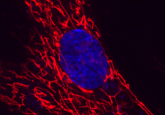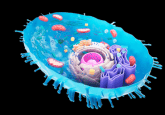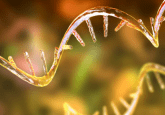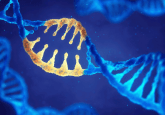Gene editing: an update
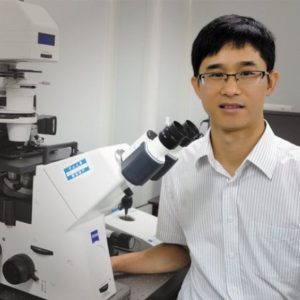
Junjiu Huang, a member of the team to first utilize CRISPR/Cas9 to edit human embryos back in 2015, provides an overview of gene editing as well as an update on the field and his research.
Junjiu Huang is a researcher at Sun Yat-Sen University’s School of Life Sciences (Guangzhou, China).
How has the use of gene editing tools progressed since your research was first published in 2015?
Gene editing tools develop very rapidly. Since 2015, the specificity of gene editing tools has improved a lot. In addition, new gene editing tools, such as the cytidine base editor and adenine base editor, have been developed.
Unlike previous gene editing tools that act by cleaving DNA at a target site, base editors act by catalyzing base conversion at a target site (C>T or A>G) through enzymatic reactions. This is called chemical surgery on DNA, which is a much more efficient, specific and controllable technique.
How does CRISPR/Cas9 work and what are the limits to the use of CRISPR/Cas9?
CRISPR/Cas9 is a RNA-guided DNA endonuclease. The target site, containing protospacer adjacent motif, that is complementary to the guide RNA will be cleaved by the DNA endonuclease Cas9. DNA cleavage will result in a DNA double strand break, which will further be repaired by error-prone non homologous end joining or high-fidelity homology directed repair, leading to gene knock-out or knock-in respectively.
The main limits to the use of CRISPR/Cas9 are:
- off-target cleavage, which may lead to gene knock-out or rearrangement at an unintended site
- low efficiency of homology directed repair
- the in vivo delivery of CRISPR/Cas9 is not efficient or specific because the Cas9 protein is very large
10959
What is the potential for gene editing in disease?
Gene editing could be utilized to generate disease cell models and animal models. These models could then be used to investigate the mechanisms of disease occurrence and development. In addition, genome-wide loss of function screening could be used to find new drugs or drug combinations to treat disease.
Moreover, gene editing could also be used to correct mutations of genetic disease, produce off-the-shelf universal CAR-T cells to treat cancer and cure infectious diseases (eg HBV and HIV).
My team will focus on curing beta thalassemia disease by gene editing.
What would be your advice for a researcher hoping to work in the field of gene editing?
The gene editing field is highly competitive. As a gene editing researcher, you should be hard working and focused. In addition, you should have a sagacious perception on the future development of this field.
